Player Feature
30 December 2020
Tiger Woods: The Mentor and The Mentee
/
Chronicles Unseen

This Chronicles Unseen long-form article can be viewed in full on the oneclub.golf website. Enjoy a teaser below.
For Tiger Woods, there is one relationship that may be used to define his life both on and off the golf course better than any other. That relationship, most vividly and evocatively seen at The Open, is between the mentor and the mentee.
Naturally, Woods' path to golfing immortality has involved a great deal more than simply guidance and support. It has comprised dedication, mental fortitude, determination and above all, supreme skill. Yet the bond Woods has shared in as both a mentor and a mentee has proved as strong and as valuable as any amount of time spent on the course.
Woods’ first experiences with this relationship were with his father. Earl Woods, a former Lieutenant Colonel who served 20 years in the United States Army, taught his son the value of being open, and of seeing eye-to-eye, from an early age.
“He would talk eye-to-eye,” Woods said. “I’d sit in a chair or I’d lay in bed with him or sit on the side, so we were always at eye level. He always wanted to make sure it was eye-level, or roundabouts. He’d never, ever want to talk down to his son. So we communicated and that openness and that communication is something I strive to do with my kids.”
Whilst many would suspect Tiger’s father to be the family disciplinarian given his military background, it was in fact his mother, Kultida, who would lay down the law and inspire Tiger’s famed killer instinct. As Woods says, “There was nothing remotely grey in her decision making, in her approach to raising me. It was either yes or no, but there were no maybes.”
Woods’ father, then, gave an element of wiggle room to a young Tiger. “My dad, my pops,” Woods said, “could wear three different hats. He was not only my father, but also one of my best friends. He was a mentor, a guider, a leader. And then eventually he ended up being the follower with the foundation.”
Earl would coach Tiger in his formative years, fostering his competitive edge, natural talent and thirst for tournament play that few athletes have ever matched. That nurtured spirit pushed Tiger to remarkable heights as a junior, winning six Junior World Golf Championship titles.
“I used to be so fired up to play tournament golf as a junior that I’d sit there and bob around, just couldn’t stand still,” Woods said. “I wanted to go. ‘Let’s go. Let’s get this fight on.’”
It was then that the young phenom began his fascination with The Open. “It first came to my attention around 10, 11, 12,” Woods said. “Just seeing a totally different style of golf. I had never seen that before. It was fascinating to watch but once I got the first chance to play it I fell in love with it.”
The gifted youngster continued to shatter records year after year. After winning the US Amateur Championship in 1994, Woods made his debut in The Open at the home of golf, St Andrews, in 1995. For those who believe in fate, little more evidence is needed to suggest Woods was destined for greatness.
Still, as the California native’s aptitude for playing the game around the Old Course would soon become apparent to spectators and fans, it was not immediately so to a young Tiger. The layout would quickly become his favourite course, but its charms were not so endearing during his first playing of the historic links.
Continue Reading
Click HereRead the full Tiger Woods Chronicles Unseen article on oneclub.golf.











